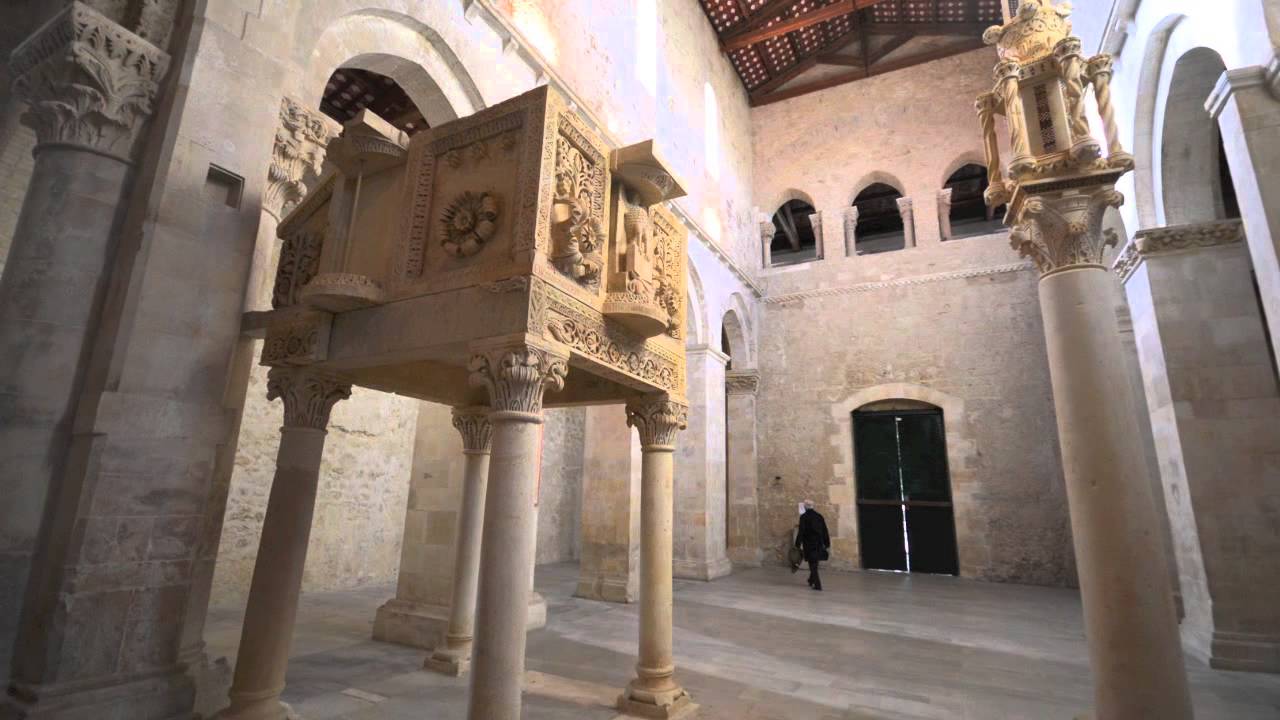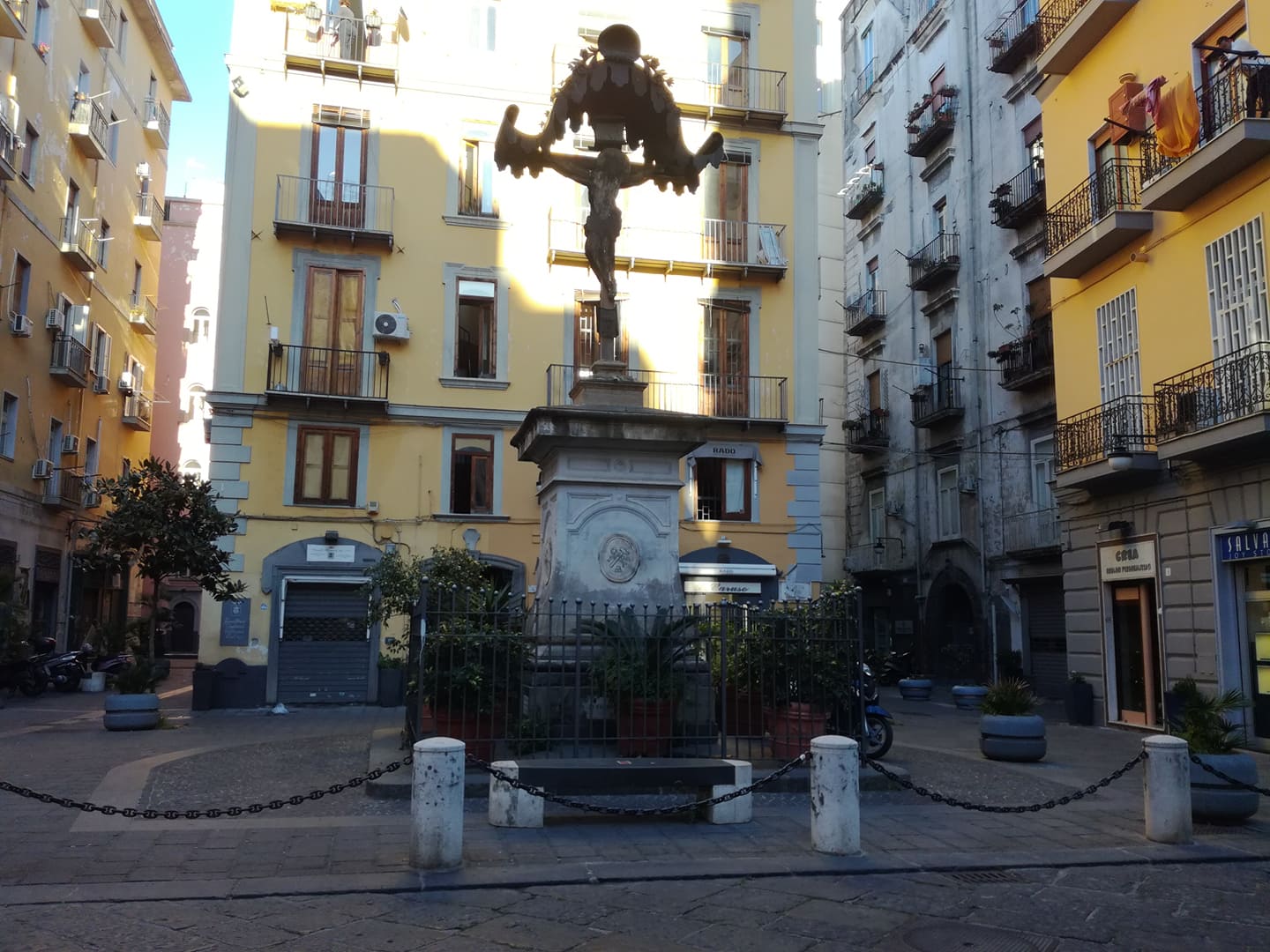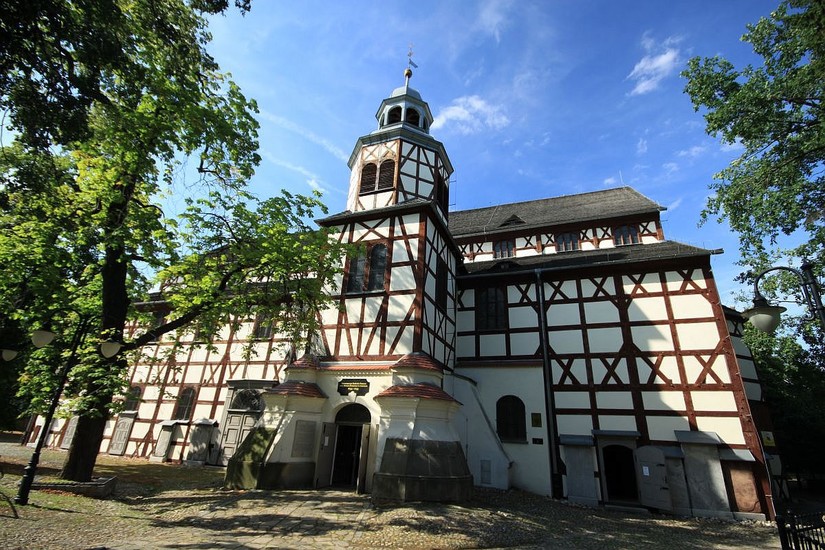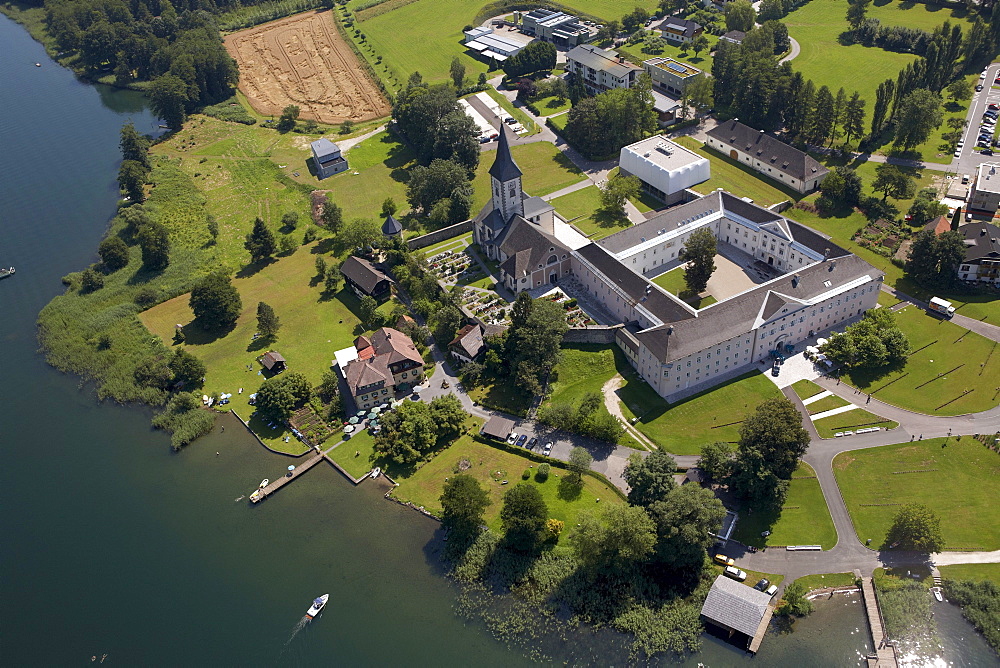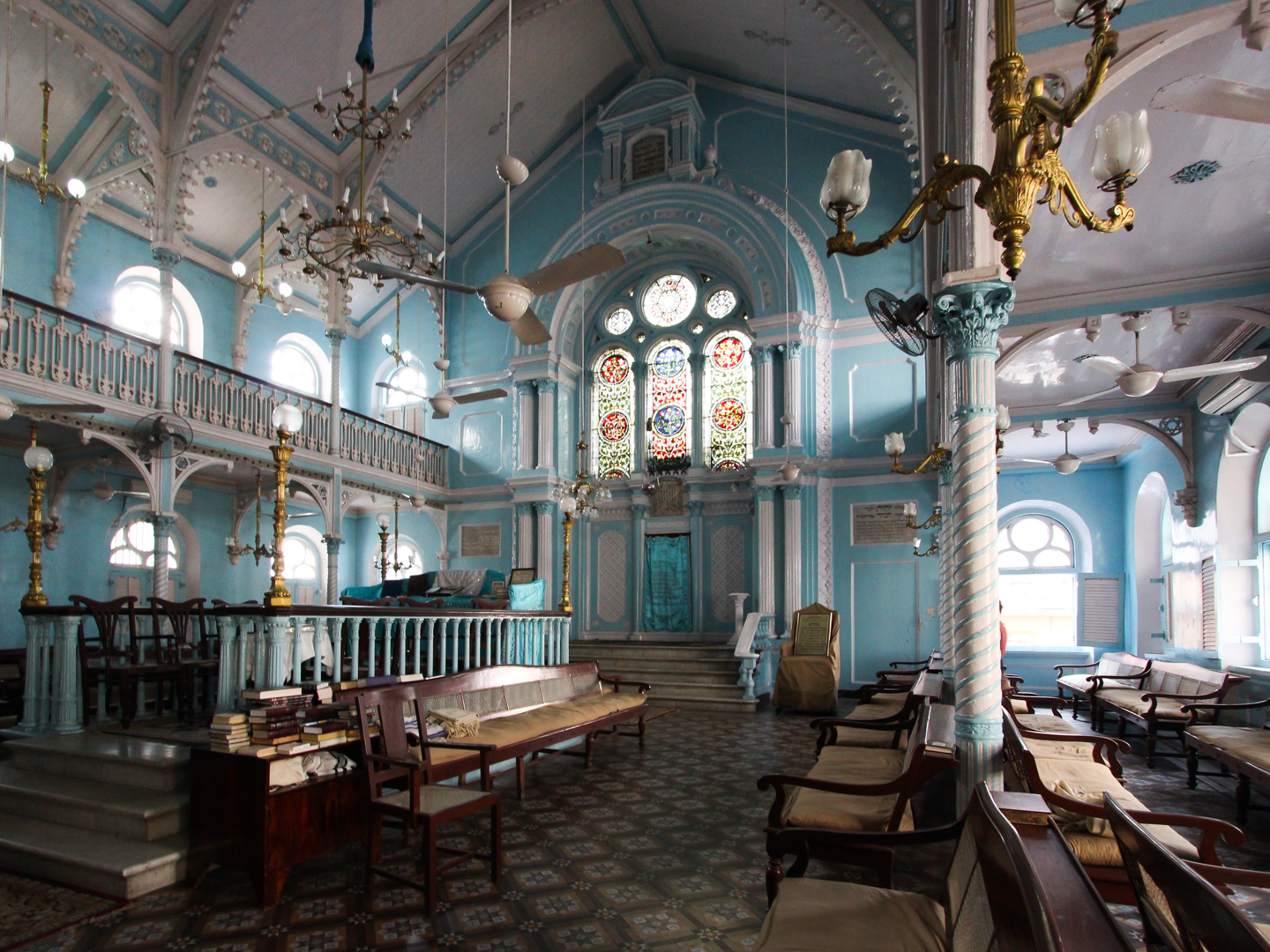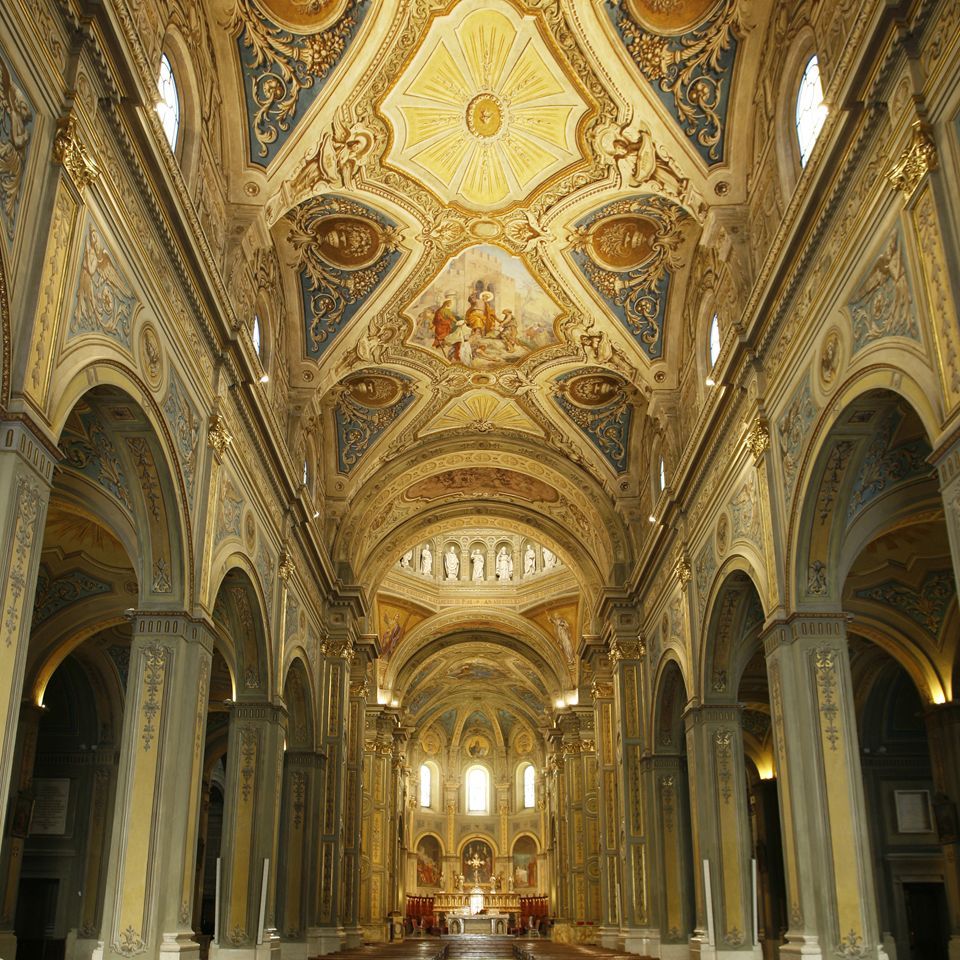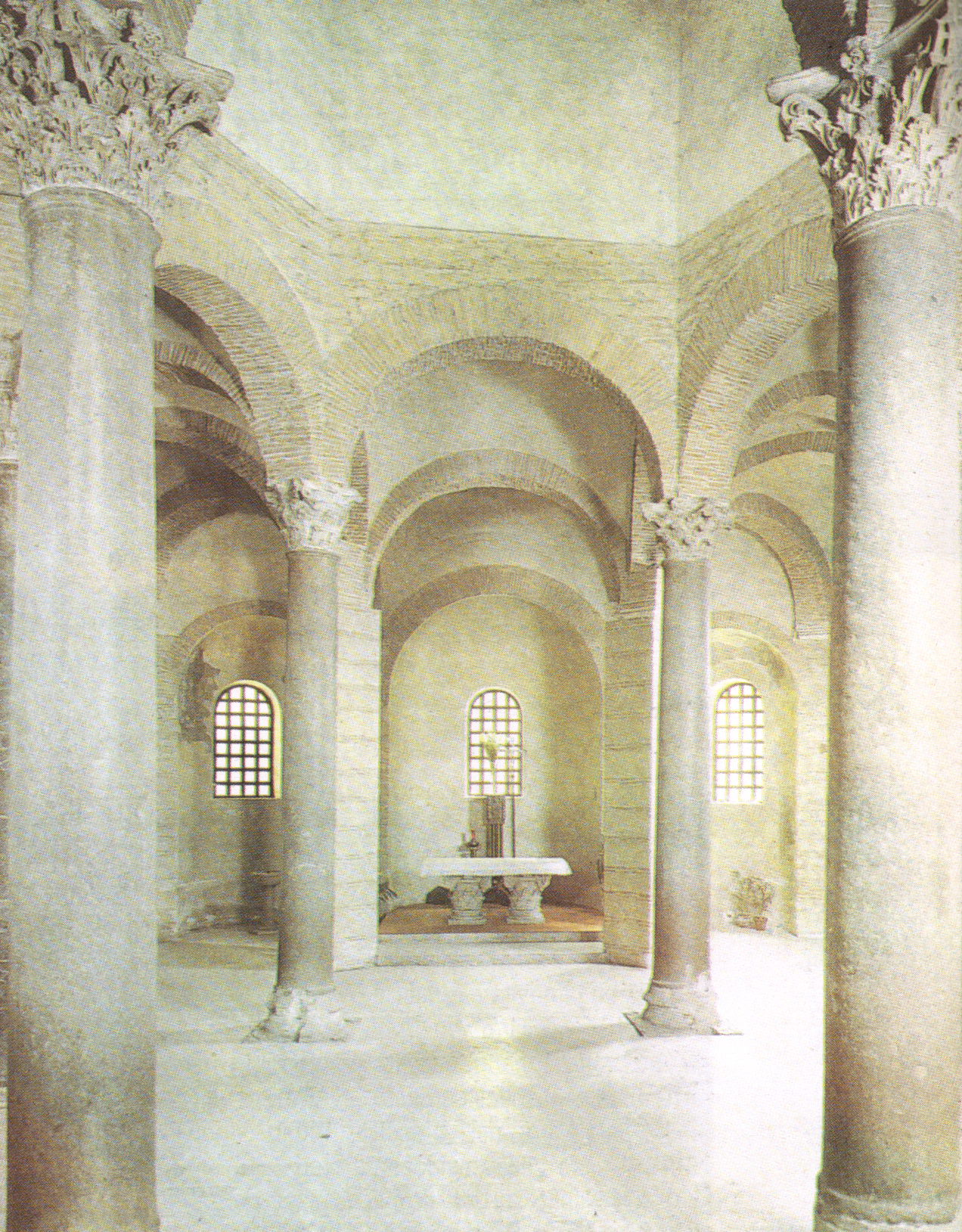One of the most interesting abbey churches in the region, an important monument of transition from Romanesque to Cistercian Gothic. The abbey arose on or near the site of the Roman pago d’Interpromio, with a temple to which a ponderarium was attached; some think that the name Casáuria derives from Casa Aurea by which the temple may have been named, others, conversely, think it was the locality Casa Urii, a place dedicated to Urios, Jupiter bringer of winds, that gave the temple its name.
In 871 Emperor Lodovic II, in fulfillment of a vow made for being freed from captivity in the duchy of Benevento, erected this monastery with the adjoining church of the Holy Trinity, into which the following year he had the bones of St. Clement, pope and martyr, granted by Pope Adrian II, transported. The abbey became powerful because of goods donated by the emperor, but in 920 it was sacked by Saracens; it slowly rose in resources and became rich after the year 1000 because of various donations; from 1076 to 1097 it was sacked again and repeatedly by Hugh Malmozzetto, a Norman count. In the early 12th century Abbot Grimoaldo restored the monastery and church, which was consecrated in 1105; finally Abbot Leonate (elected in 1152, died in ’92) and his successor Ioele rebuilt it. This was the abbey’s heyday, then decadence began; in the 14th cent. the monastery became commendam and in 1775 was declared a royal patronage. Church and monastery were ruined in 1348 by an earthquake, and only the former was restored in 1448, but partially, so that the transept remained mutilated in elevation and without vaults. Of the monastery, which originally contained a rich cloister with coupled columns, only one wing remains, rebuilt in the 1700s and now reduced to the first floor by the 1915 earthquake, which also caused damage to the church, which had already been restored in 1891. Restorations conducted in the early decades of the 20th century led to the arrangement of the monument.The facade is preceded by a stupendous *portico , almost untouched by tampering, with three arches divided by rectangular pillars with columns leaning against each face. Beautiful are the capitals and rich in outlines and friezes the archivolts. At the top of the façade, above a kind of attic crowned by a beautiful small-arched cornice, are four double lancet windows, two of which are architraved and the others slightly ogival, probably coming from the monastery and placed there during the restorations of 1448. The portico is covered by mighty cross vaults with prismatic ribs. The *median portal has an archivolt formed by three horseshoe arches, concentric and gradually receding.In the lunette, relief figures representing St. Clement seated with at his r. Sts. Fabius and Cornelius and at his left Abbot Leonate presenting the model of the church he rebuilt. In the large architrave are depicted, in order of succession, stories relating to the foundation of the abbey. In the jambs are carved, within niches, four crowned figures, possibly representing princes and sovereign protectors or benefactors of the monastery. The bronze *battens, probably due to Abbot Ioele (1192), are divided into 72 panels occupied by tiles with crosses, figures of abbots and monks (in the top), rosettes, the Castles (with three towers each) subject to the abbey (14 in all remaining), with related names, and the panels with pickets (one, wooden, imitation).The majestic interior, 48 m long, reproduces a type of transition from Romanesque to Cistercian Gothic: it has a Latin cross plan with sparsely projecting arms, divided into three naves and with a single semicircular (instead of quadrilateral) apse, according to Romanesque tradition; the plaster has been removed, to show the difference in artifact between the 9th and 12th centuries. The naves are divided by ogival arches on rectangular pillars, except for the 1st and 3rd on the left, which are cruciform, and two others with half columns leaning against them. The nave is, in the middle
